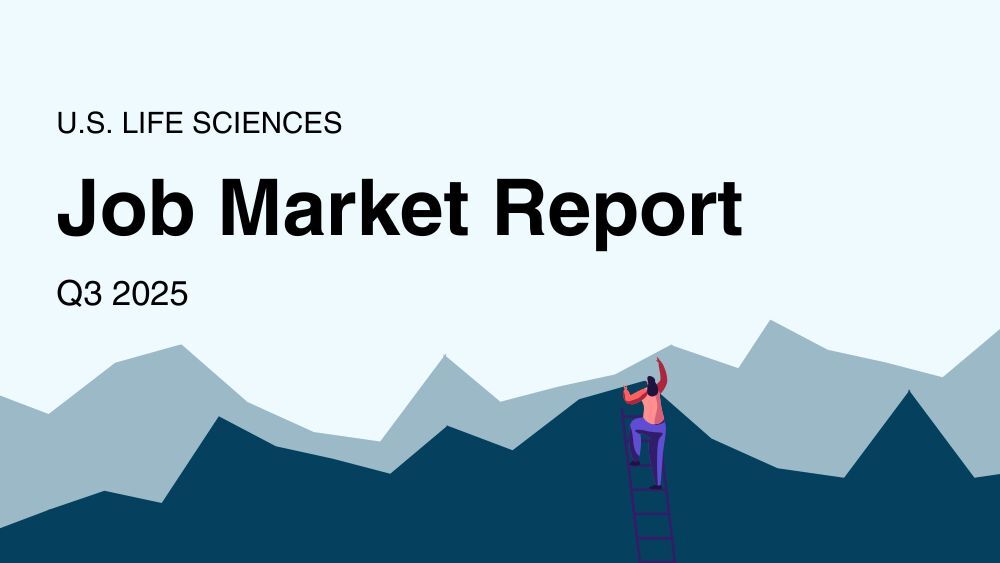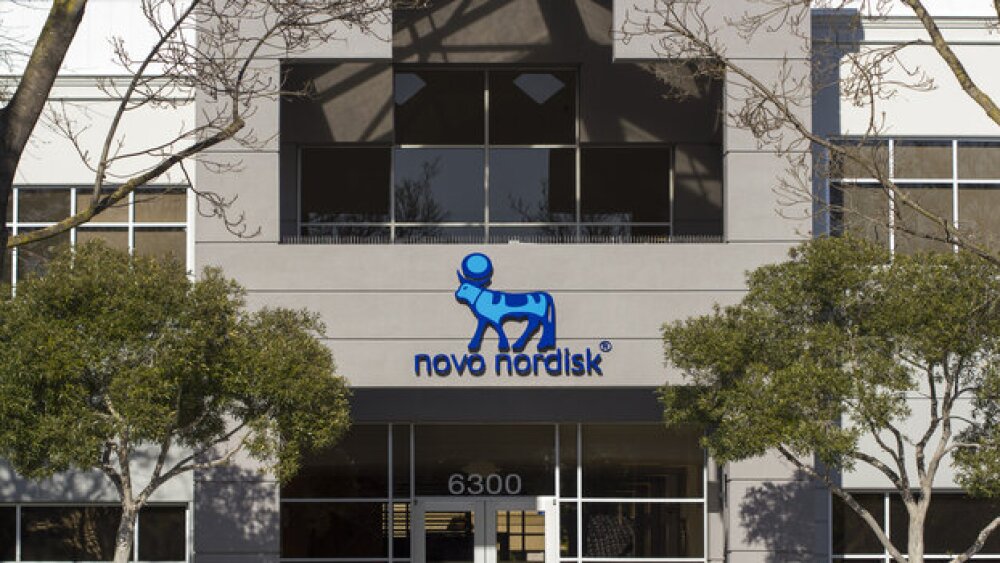The size of the global immunology market is projected to nearly double by 2032 to a quarter of a trillion dollars. Here are this year’s standout deals in the space.
After a rough patch for biotech investment in early 2023, the immunology and inflammation (I&I) space rejuvenated the industry with Merck’s blockbuster acquisition of Prometheus Biosciences for $10.8 billion. Overall, the therapeutic I&I space saw $12.3 billion in M&A action last year, according to data from biotech entrepreneur Andrew Pannu.
“I&I has always been an area of high particular interest for pharmaceutical companies . . . driven primarily by the idea that . . . immune disorders and inflammatory conditions many times have a common mechanism of action,” said Graig Suvannavejh, senior biopharmaceuticals and biotechnology equity research analyst at Mizuho Americas. “Any drug that is proven to be safe and effective and gets approved in multiple diseases or multiple indications … that’s the gift that keeps on giving.”
Indeed, the global immunology market is projected to grow from nearly $103.2 billion in 2024 to $257.4 billion by 2032.
In addition to a large patient population (one in 10 individuals suffers from at least one immune disorder), reimbursement is a motivating factor for investment activity in I&I, according to a report from Janus Henderson Investors. “Many patients with autoimmune conditions are children or of working age and therefore stay on therapies for long periods of time. In addition, in the U.S., these patients typically fall under commercial insurance plans, which are not subject to the drug price negotiation now allowed in Medicare, the government insurance plan for the elderly,” according to the report.
And it’s not just traditional I&I disease like rheumatoid arthritis, psoriasis, Type 1 diabetes, multiple sclerosis and Crohn’s disease that are in focus. Neurodegenerative diseases such as Alzheimer’s and Parkinson’s—which are hypothesized to have neuroinflammatory causes—are also inching into the space.
“There’s been a renaissance of sorts, where the neurology, neurodegenerative disease [and] neuropsychiatry spaces have come back in vogue,” Suvannavejh said. A lot of large pharma companies had huge franchises in neuroscience in the late 1990s and early 2000s, he said, but many of the resulting drugs went generic and interest in the space died down. The current resurgence is due to multiple factors, he said, such as patent cliffs and great strides being made in the science and innovation across both the public and private sectors.
Here are this year’s standout I&I deals:
Traditional I&I Deals
Vertex-Alpine
April, $4.9B
Alpine’s lead asset povetacicept is a dual antagonist of the BAFF and APRIL cytokines, both of which play crucial roles in the activation, differentiation and survival of B-cells. Povetacicept is being investigated for the treatment of IgAN, a progressive autoimmune disease that afflicts the kidneys and ultimately leads to end-stage renal disease.
Eli Lilly-Morphic
July, $3.2B
Morphic is working on a class of proteins called integrins, which traffic T cells. “There’s this idea that integrins are important for the ability of your T cells to get to areas of inflammation,” Suvannavejh said.
Morphic’s lead candidate MORF-057 is a small molecule inhibitor of the α4β7 integrin. It is currently being developed for ulcerative colitis and Crohn’s disease, both inflammatory bowel diseases.
Biogen-HI-Bio
June, $1.8B
In a move to de-risk its portfolio, Biogen acquired HI-Bio for its asset felzartamab. The candidate’s mechanism of selectively depleting CD38+ cells could give Biogen “applicability across a range of immune-mediated diseases,” Bank of Montreal Capital Markets analysts said in a May note to investors.
BMS-Repertoire
April, $1.8B
Bristol Myers Squibb recently inked a 3-year deal with Repertoire to create tolerizing vaccines for up to three autoimmune diseases, although details were not released about which diseases are being targeted.
“Our collaboration with Repertoire aims to selectively reset the immune system, reflecting a key component of our immunology research strategy, which we believe may offer long term benefit while mitigating unintended consequences associated with broad immune suppression,” Francisco Ramírez-Valle, head of the Immunology & Cardiovascular Thematic Research Center at BMS, said in a statement.
AbbVie-OSE
February, $713M
Representing the I&I “flagship” drug Humira and popular Skyrizi, AbbVie acquired OSE Therapeutics’ early-stage monoclonal antibody OSE-230 as a treatment for chronic and severe inflammation. The antibody works by targeting and activating ChemR23, a G protein–coupled receptor that plays a central role in certain signaling pathways that help dampen inflammation.
Humira lost exclusivity last year and is facing competition from biosimilars, so AbbVie is seeking to make up the losses from the patent cliff via new deals. “They have a legacy presence with Humira, so they already have a commercial infrastructure in place,” Suvannavejh said. “They know how to market these drugs in immune disorders and inflammatory diseases.”
Sanofi-Belharra
June, $700M
This collaboration will leverage Belharra’s non-covalent chemoproteomics platform to identify and advance small molecules against undisclosed Sanofi-designated immunology targets. “By leveraging Belharra’s chemoproteomics platform, we hope to explore immunology targets that, to date, have been considered undruggable,” said John Bertin, the global head of immunology and inflammation research at Sanofi, in a statement.
AbbVie-Landos
March, $212M
Landos’ lead asset NX-13 is an oral NLRX1 agonist for ulcerative colitis and Crohn’s disease. Its mechanism of action is anti-inflammatory and facilitates epithelial repair, a natural function compromised in ulcerative colitis and Crohn’s. Landos’s founder argued that the deal “reflects an understanding that the market is ready for new options, particularly drugs that employ novel mechanisms of action.”
Also of Note
Sanofi-Inhibrx
January, $2.2B
Inhibrx’s lead asset, INBRX-101, addresses a deficiency in alpha-1 antitrypsin (AATD), a rare disease that puts patients at risk for lung, liver or skin disease. According to Inhibrx, INBRX-101 normalizes patients’ serum AAT levels with fewer doses than currently available drugs.
This deal addresses a problem with a deficiency, rather than a disease that arises from an overactive immune system, Suvannavejh said, putting it in a different category than I&I in his opinion. But Houman Ashrafian, head of research and development at Sanofi, said in a statement that this acquisition is part of the company’s efforts to grow its presence in immune-mediated respiratory conditions. The drug may help to reduce inflammation and prevent the deterioration of lung function, the statement noted.






